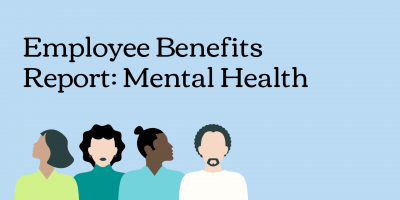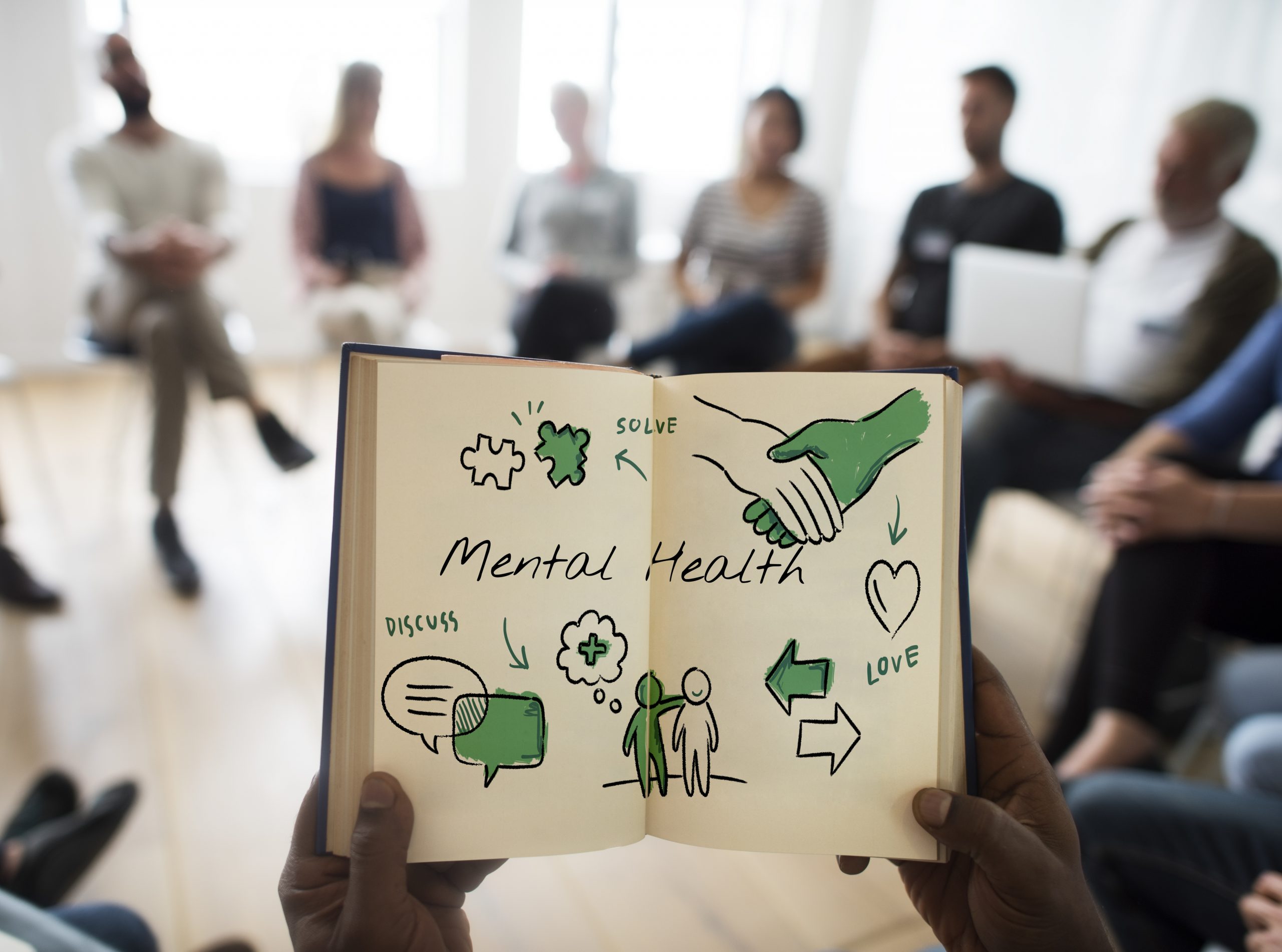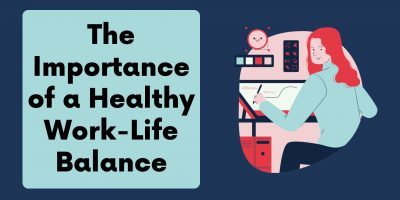
Employee Benefits Report: Mental Health
Amid rising chaos, nearly half of all Americans face mental health challenges—how are businesses stepping up to meet the growing demand for support?

According to the WHO, approximately one in four people worldwide will develop a mental illness at some point in their lives. That’s why Shortlister collected over 100 mental health statistics in one place:
(MHA, 2020)*
(MHA, 2020)


By analyzing the mental health statistics, we can see the nation’s mental health needs.
Although mental illness may be heritable, various factors contribute to developing a mental disorder. These factors need to be considered, so a healthcare professional can effectively diagnose and treat the mental illness.
* We’re using an archived version of the page as the source.
Browse our curated list of vendors to find the best solution for your needs.
Subscribe to our newsletter for the latest trends, expert tips, and workplace insights!

Amid rising chaos, nearly half of all Americans face mental health challenges—how are businesses stepping up to meet the growing demand for support?

Understand the significance of maintaining a healthy work-life balance for overall well-being and long-term professional success.

Loneliness can be a serious problem affecting not only employees’ mental health but also the bottom line for businesses. What are the tell-tale signs of workplace loneliness, and what can employers and organizations do to reduce or mitigate it?

EAP use is on the rise, and rightfully so. As these programs find their way into the workplace, we explore their many benefits, the range of services available, and how employees can take full advantage of them.
Used by most of the top employee benefits consultants in the US, Shortlister is where you can find, research and select HR and benefits vendors for your clients.
Shortlister helps you reach your ideal prospects. Claim your free account to control your message and receive employer, consultant and health plan leads.